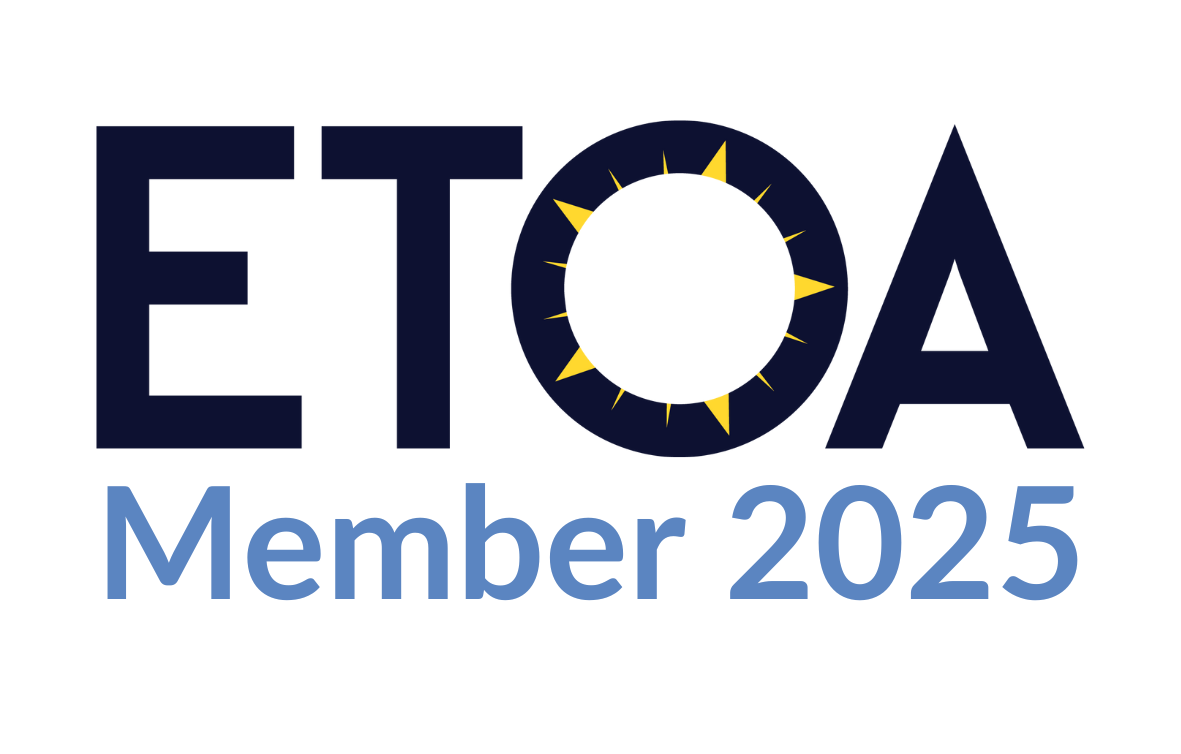National and Nature Parks of Romania
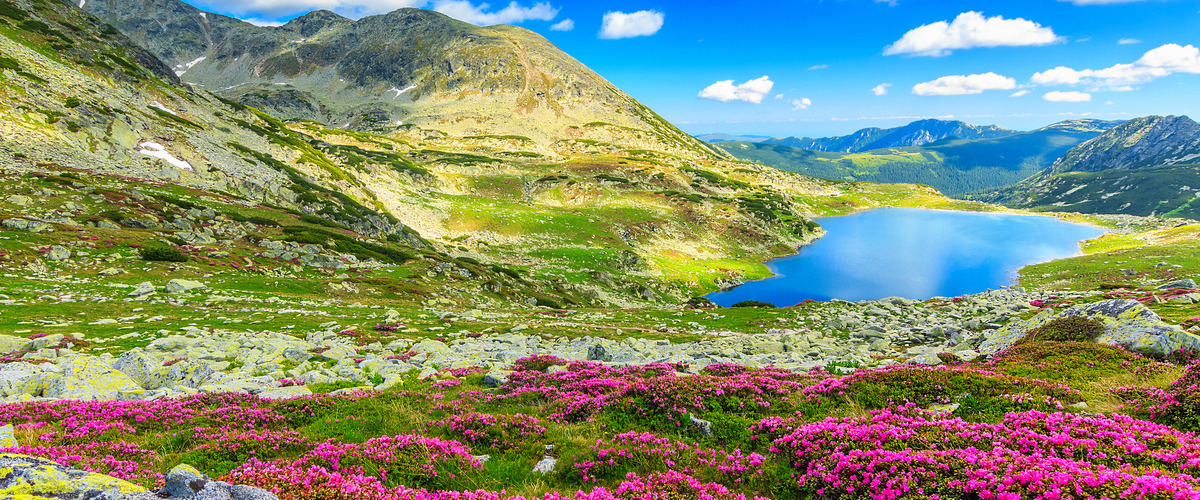

National and Nature Parks of Romania
Romania is a fairtytale land full of natural beauties, where all types of landscapes are to be found, from mountain peaks, home to chamois, reaching 2000m, where you can walk among alpine vegetation, to plains, coastline and the Danube Delta, world's third most bio-diverse delta. Romania has many national parks, natural parks and reservations, where you can see plenty of specimens protected by the law at European and international level.
Whether you wish to explore unique ecosystems, get a workout, relax or do a little bit of evertyhing, you'll find what you need in either one of Romania's 13 national parks:
- Retezat
- Calimani
- Ceahlau
- Rodna
- Piatra Craiului
- Cozia
- Buila-Vanturarita
- Macin
- Jiu Gorges
- Bicaz Gorges
- Semenic-Caras Gorges
- Nera-Beusnita Gorges
- Domogled-Cerna Valley
And the rest, up to 30 areas, are natural parks! But what's the difference?
National parks are protected areas encompassing large tracts of land, both terrestrial and aquatic, with well-defined legal boundaries. These areas are exceptionally rich in flora and fauna. Strict regulations apply, including restrictions on construction and harmful activities. Visitors may have limited access, and special vehicles are often required for entry. Beyond environmental value, national parks hold scientific interest due to their unique species. Basically national parks are the "big guys", which have the greatest level of protection and are directly managed by the government, while natural parks are still protected but can be much more explored, they are not as restricted as national parks.
Natural parks also protect specific ecosystems of flora and fauna. They receive special treatment to safeguard their unique features. Unlike national parks, natural parks are often managed by regional authorities.
Some examples of natural parks of Romania are:
- Apuseni
- Bucegi
- Iron Gates
- Cefa
- Comana
- Maramures Mountains
- + 10 more! and Danube Delta Reservation of the Biosphere!
Romania is home to 620,000 acres of wild forest, the second-largest such area in Europe; 24% of the country's territory has been declared a protected area. In summary, the romanian natural lands are so rich that they have been called "the last wilderness reserve".

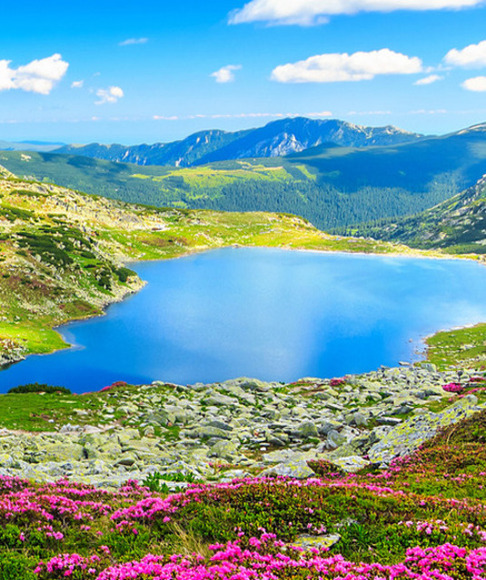
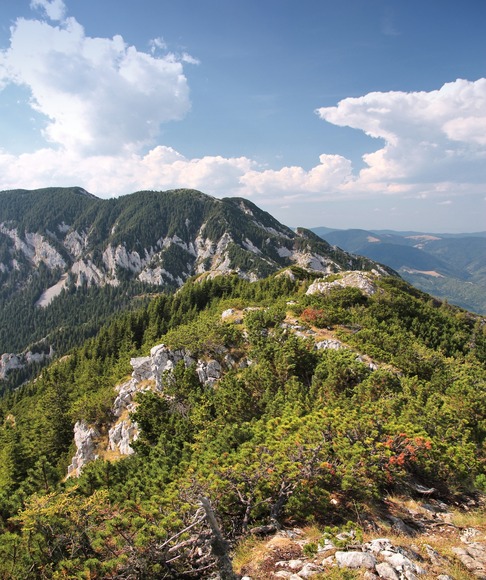
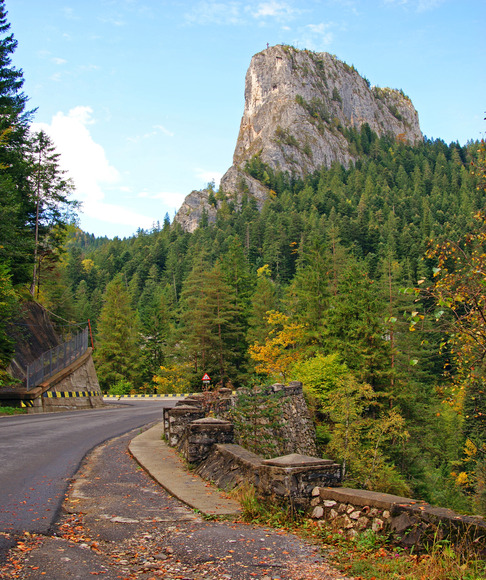
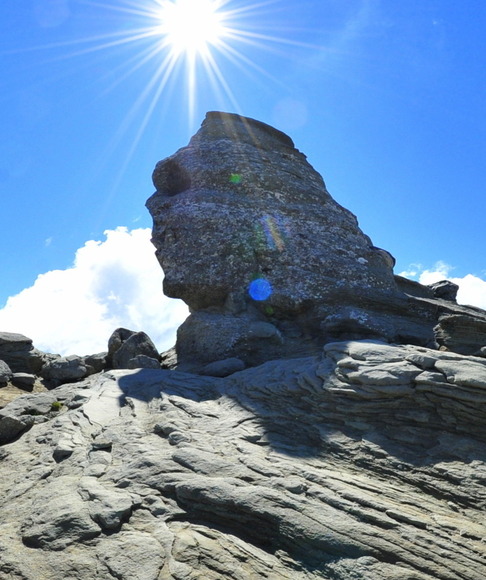
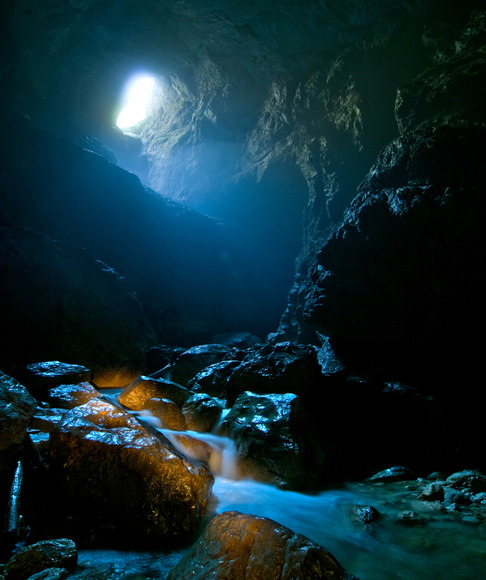
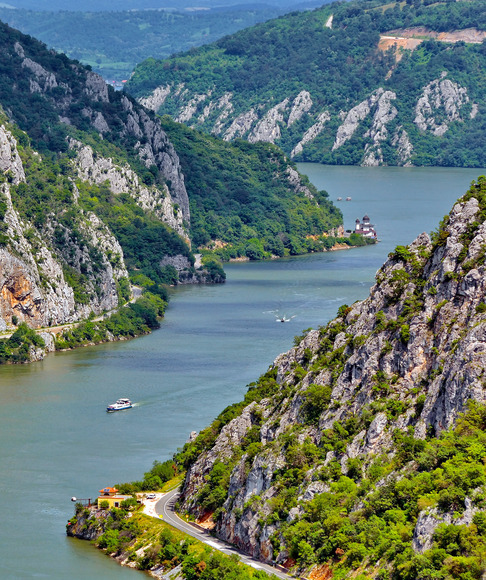
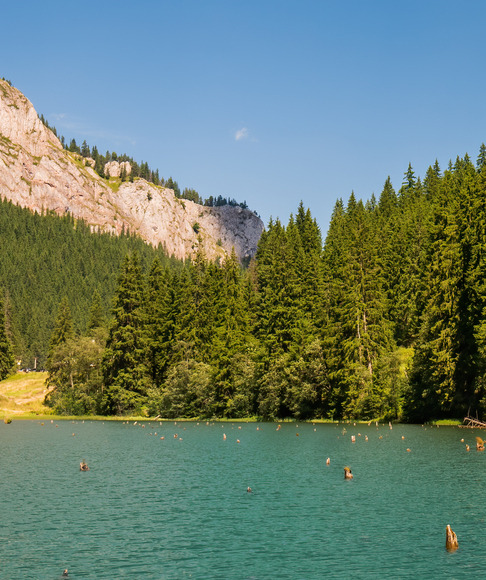
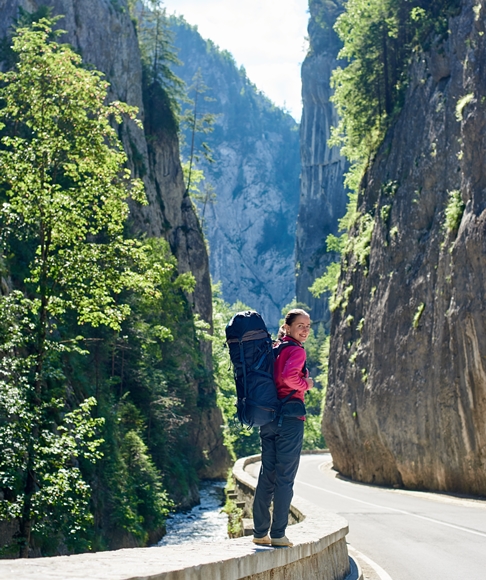
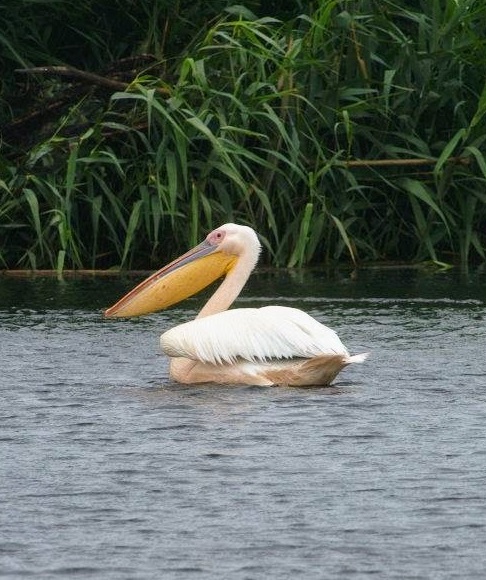


.png)


